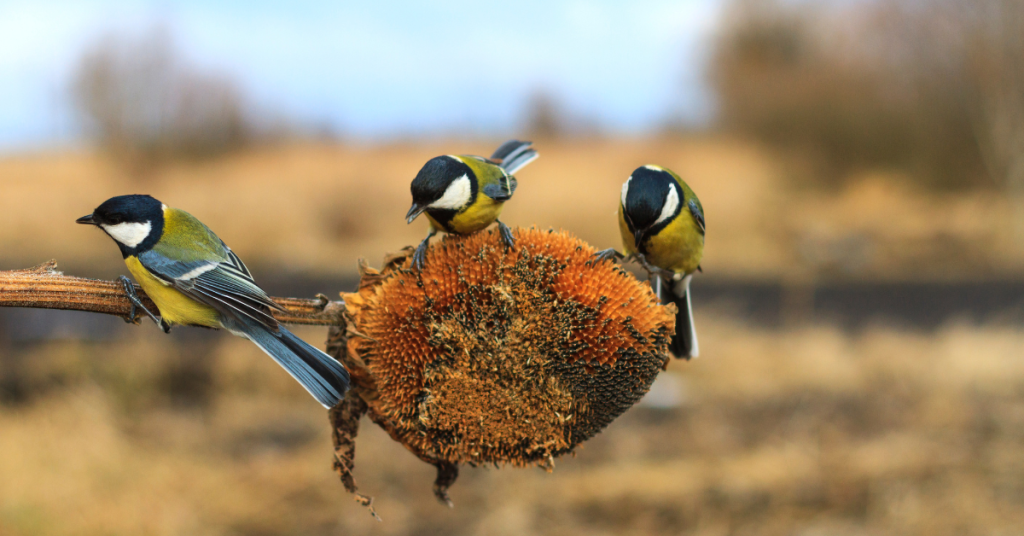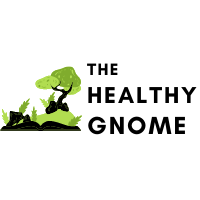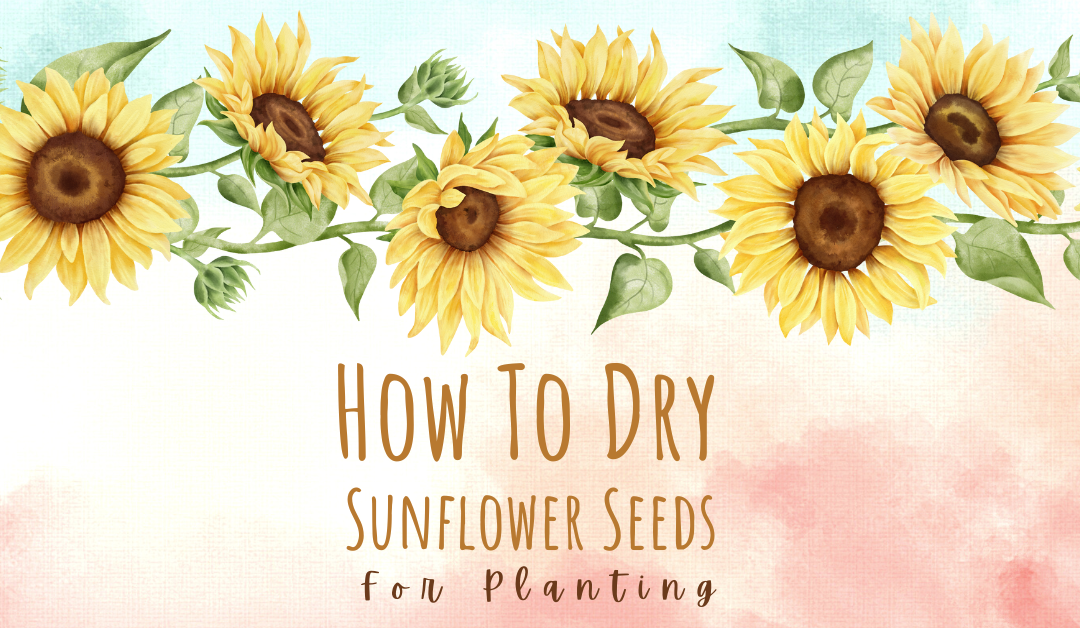Sunflowers add cheer and beauty to your garden, and even when they reach the end of their lifespan, they still give back by producing tons of edible seeds.
A single sunflower can produce a bounty of seeds – 1,000-2,000.
You can roast these seeds for snacking or plant them next year to keep your garden cheery.
Where Do Sunflower Seeds Come From?
Did you know that sunflowers are actually made up of thousands of tiny flowers? Their heads are made up of tiny blooms, sometimes up to 2,000. Their petals are considered separate flowers.
Sunflower seeds come from the magnificent and unique flower heads of sunflowers.
As the growing season comes to an end, sunflowers reach the end of their lifespan. If you let them die back completely, their flower heads dry out and their seeds are ready for harvesting.
Harvesting and drying sunflower seeds is almost as easy as growing them. But you have to know when to harvest them for best results.
When To Harvest Sunflower Seeds
No matter what you want to use your sunflower seeds for – planting, eating or feeding the birds – it’s important to harvest at just the right time.
Typically, seeds are harvested anywhere from mid-September through October.
But how do you know when to harvest your plant seeds? Here are a few signs to look for:
- The flower petals have dried out and fallen off. You should be able to see the sunflower seeds on flower heads.
- The backs of the sunflower heads are yellow-brown, and the flower heads are drooping.
- The seeds have hardened and turned black with stripes. If they are still a milky color, they are not ready for harvesting.
If you’re unsure whether your sunflower heads are ready for harvesting, pull a few seeds to see how far they’ve developed.
Sunflowers are vulnerable to pests and critters when they’re at the end of their lifespan, so while you’re waiting for your seeds to mature, consider covering the flower heads with brown paper bags, netting or even cheesecloth. Keep your protective covering in place with a rubber band or twist tie so that you don’t lose any seeds.

How To Harvest Sunflower Seeds
The best way to dry and harvest your sunflower seeds is outside on the sunflower head. Once your flower heads have dried out completely:
- Cut the stem just below the flower head
- If you haven’t already done so, place the flower heads in paper bags.
- Hang your flower heads up to dry for a week.
How To Dry Sunflower Seeds Indoors
If you’re worried about critters getting to your seeds before you do, you can harvest them a little earlier and allow them to mature in a dry spot.
Wait until the outer seeds have matured, and then cut the stalk about a foot below the seed head. Once cut, simply hang and dry the heads for a few weeks. Make sure you hang them in a place with good air circulation that’s protected from insects and rodents. You may want to keep the seed heads in a paper bag to catch loose seeds.
Harvesting the Seeds
Once your seeds have had a chance to dry thoroughly, it’s time for the fun part – removing them from the flower head.
To dislodge the seeds, you can:
- Rub the seed heads together
- Rub the seeds with your hands
- Use a brush with stiff bristles
Make sure you’re doing this over a large bucket or basin to catch all the seeds. This step can get messy!
Once you’ve harvested all of your seeds, allow them to dry overnight on a paper towel. Spread them out in a single layer on a flat surface to allow for good airflow.
How To Store Sunflower Seeds for Planting
Now that your seeds have been dried and harvested, it’s time to store them away for planting. It’s important to keep your seeds dry, cool and away from sunlight while you wait for next spring.
- Keep your seeds in airtight containers or a paper envelope inside of a plastic container.
- The refrigerator or freezer can help keep your seeds cold until they’re ready for planting.
- Using a silica gel pack can help wick away any remaining moisture from your seeds.
Many sunflower varieties produce seeds that remain viable for 1-2 growing seasons. If you continue to harvest and save seeds each year, you can continue planting sunflowers for years to come.
Rene is a creative, little gnome. When she's not diving deep into research on health and wellness, she's spending here time out in nature, growing her homestead, photographing wildlife, doing yoga or enjoying a zen (depending on the day) moment with her fur babies. And on top of all of that, she's a professional writer by day, helping businesses around the world grow.

